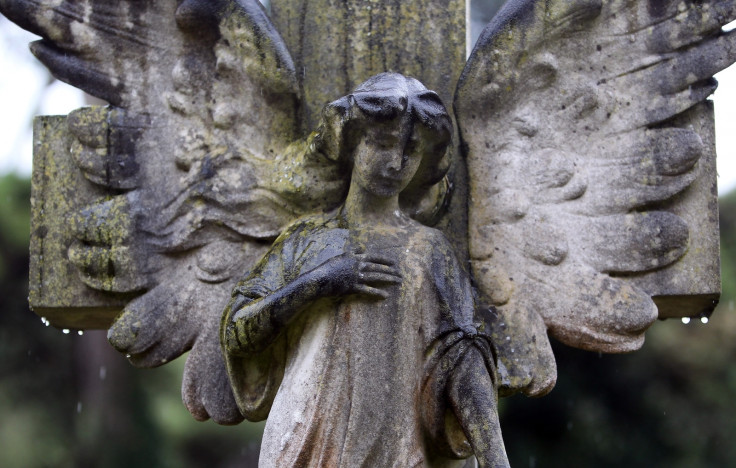What happens to your body when you die?
Research shows Britons are still uncomfortable talking about death.

The saying goes that only two things in life are certain: death and taxes.
But even though no one can escape the icy grip of the Grim Reaper, research shows it does not make people in the UK any more comfortable talking about death. One 2014 survey by the Dying Matters Coalition charity showed that less than half of people interviewed were aware of their partner's end-of-life wishes, and less than a third had spoken to someone about what they would like at their funeral.
So, what exactly happens to our bodies when we die? And what does "dying" even mean?
For a person to be officially considered dead they must show a combination of symptoms. Firstly, there will be no obvious signs of life. They will not be breathing or respond to verbal stimuli or pain. Their pupils will appear fixed and dilated, and there will be no pulse, according to Dr Lisa Anderson of Doctify.
Of course, one of these factors alone does not mean a person is dead. This can present moral and ethical quandaries when a person is in a state where they are still technically alive but it is unlikely they will be brought back to a fully conscious state.
"Changes that take place after death are easiest categorised by looking at set time frames: within the first hour, second and sixth hours, seventh to 12th, and then over 12 hours," explained Anderson. "Although stiffness or rigor mortis starts around three hours after death, it does not reach its maximum until 12 hours afterwards." It will first set into the face, spreading across the corpse.
"At the moment of death all muscles in the body relax. This is called primary flaccidity," added Dr Anderson. That may cause the jaw to fall open and the eyelids to relax. The skin may sag and the joints become flexible.
As the heart stops, blood flow ceases, causing the skin to look pale. Body temperature falls to 2C in the first hour and 1C thereafter in a process called algor mortis.
"The next stage is liver mortis where some parts of the body can appear to have a purple colour. After maximum rigor mortis the muscles again gradually relax as chemical changes occur leading to a state called secondary flaccidity," she added.
Of course, none of us will be aware of any of these processes happening. The worst part about dying is leaving behind our loved ones.
"Dying and death is still a very difficult and taboo subject for most people to talk about for many reasons – denial, fear, not wanting to upset others," said Anderson.
"There are now many initiatives to encourage patients and families to talk about this and specifically have a plan for how and where they would like to die and whether they want active treatment and resuscitation so that their wishes are carried out and death can be peaceful and as least traumatic for all concerned."






















